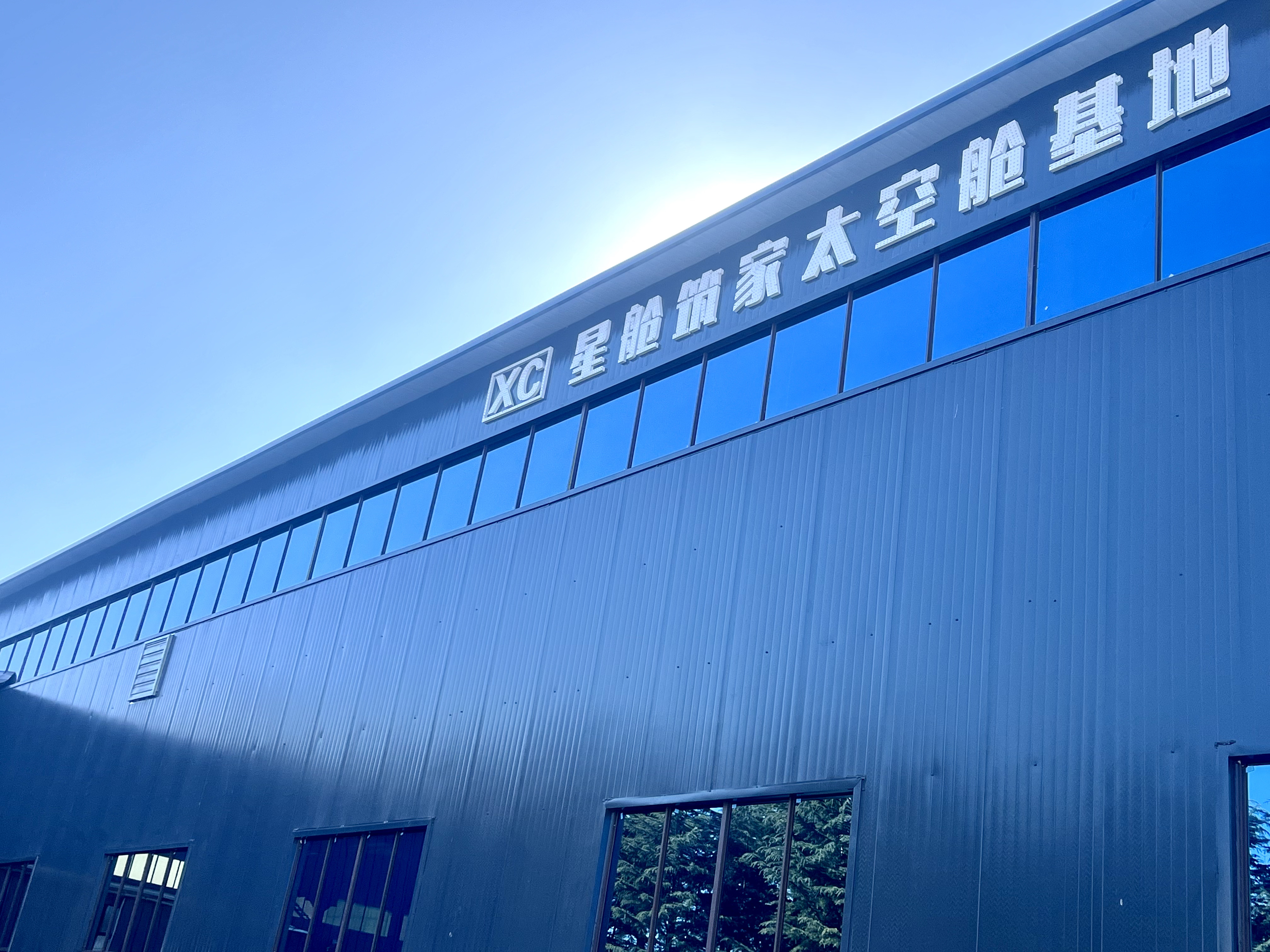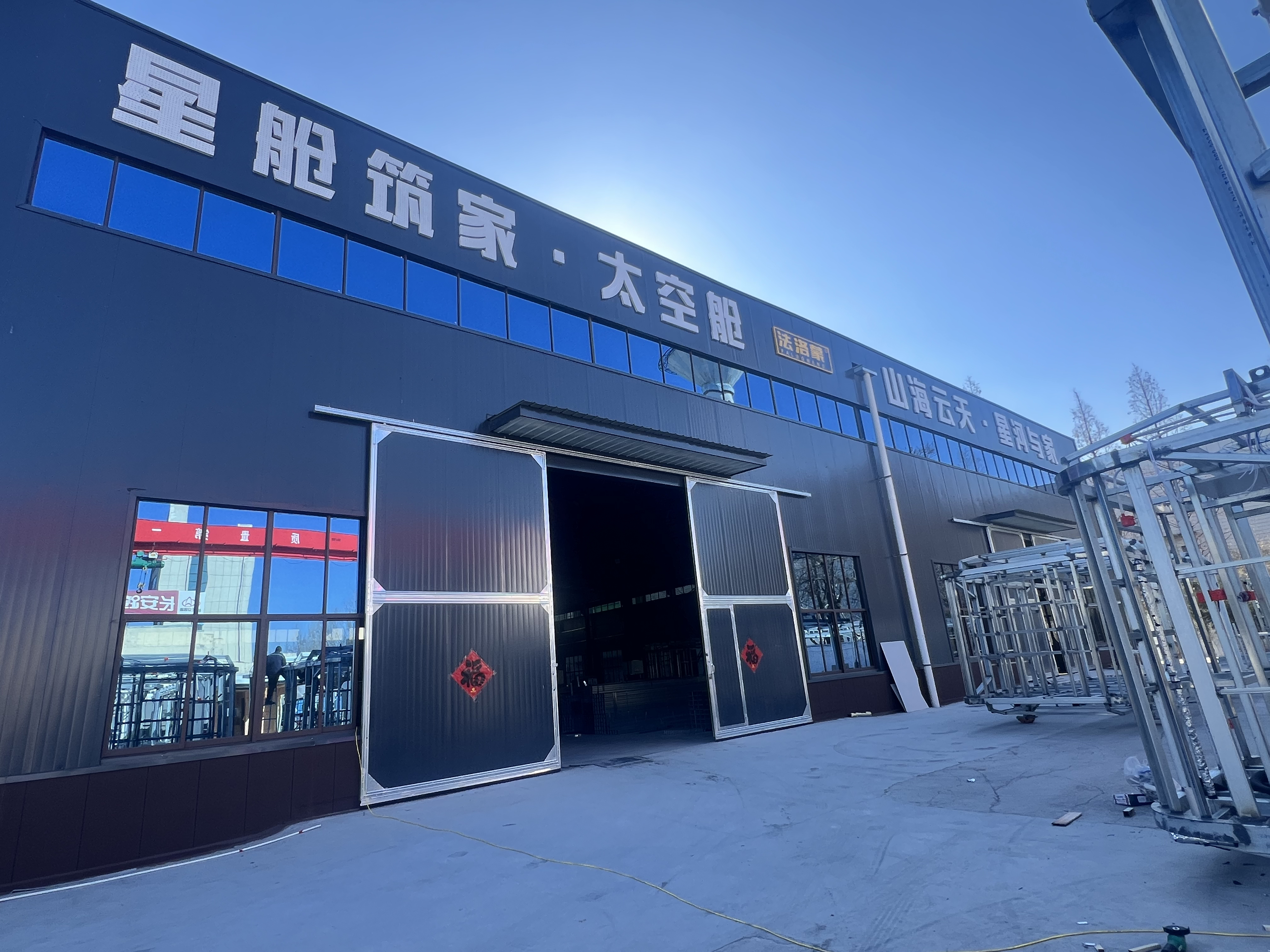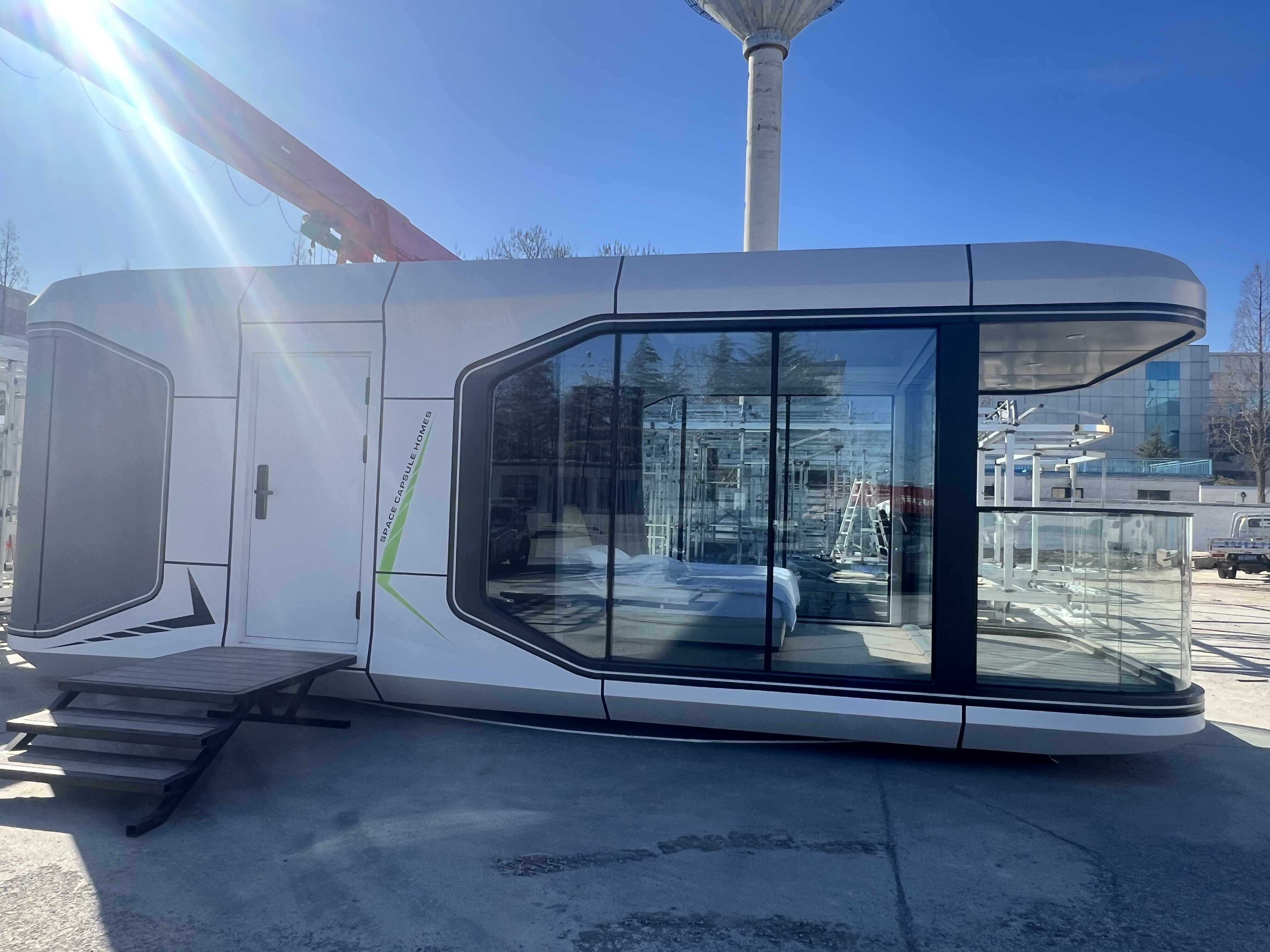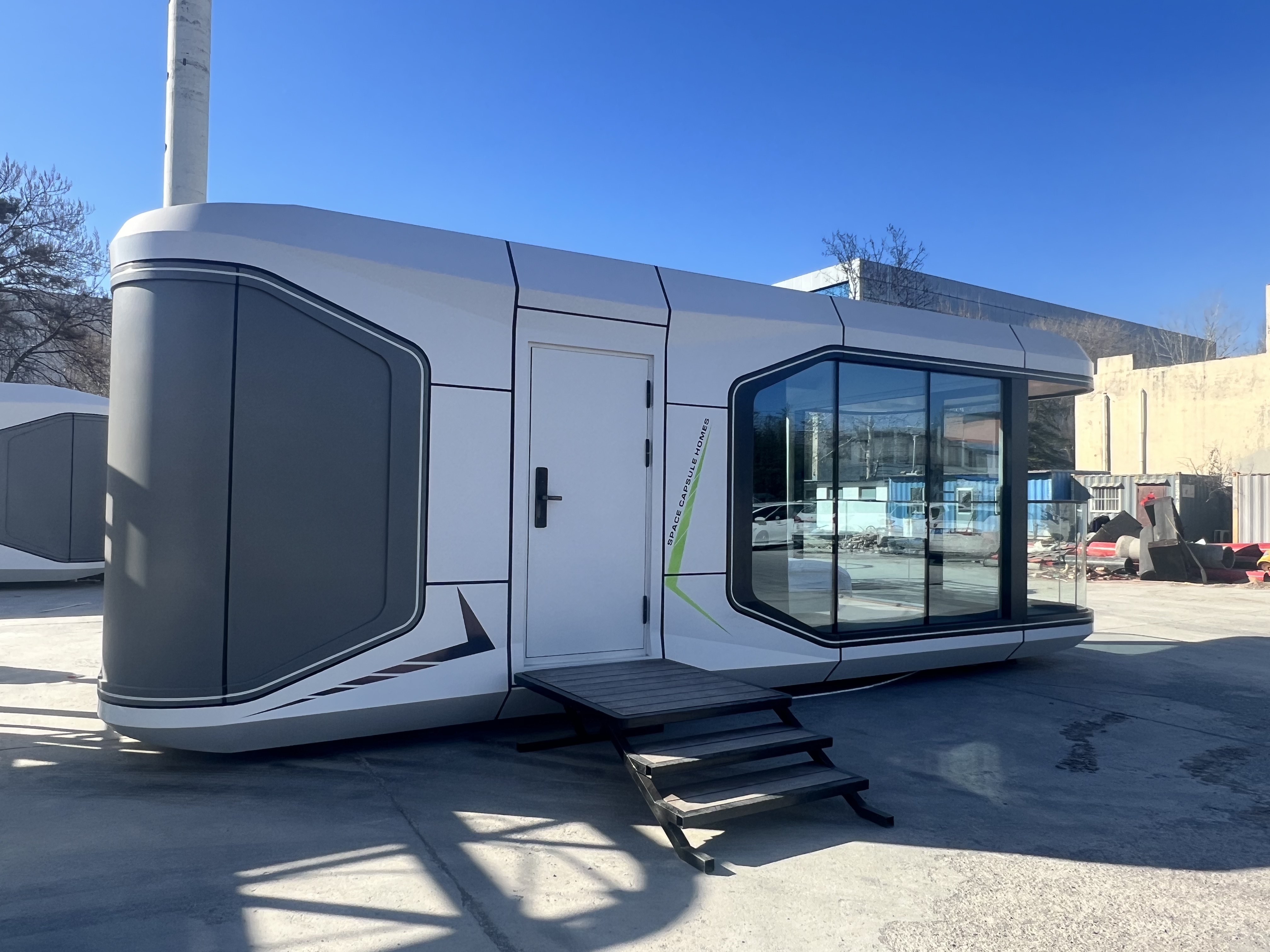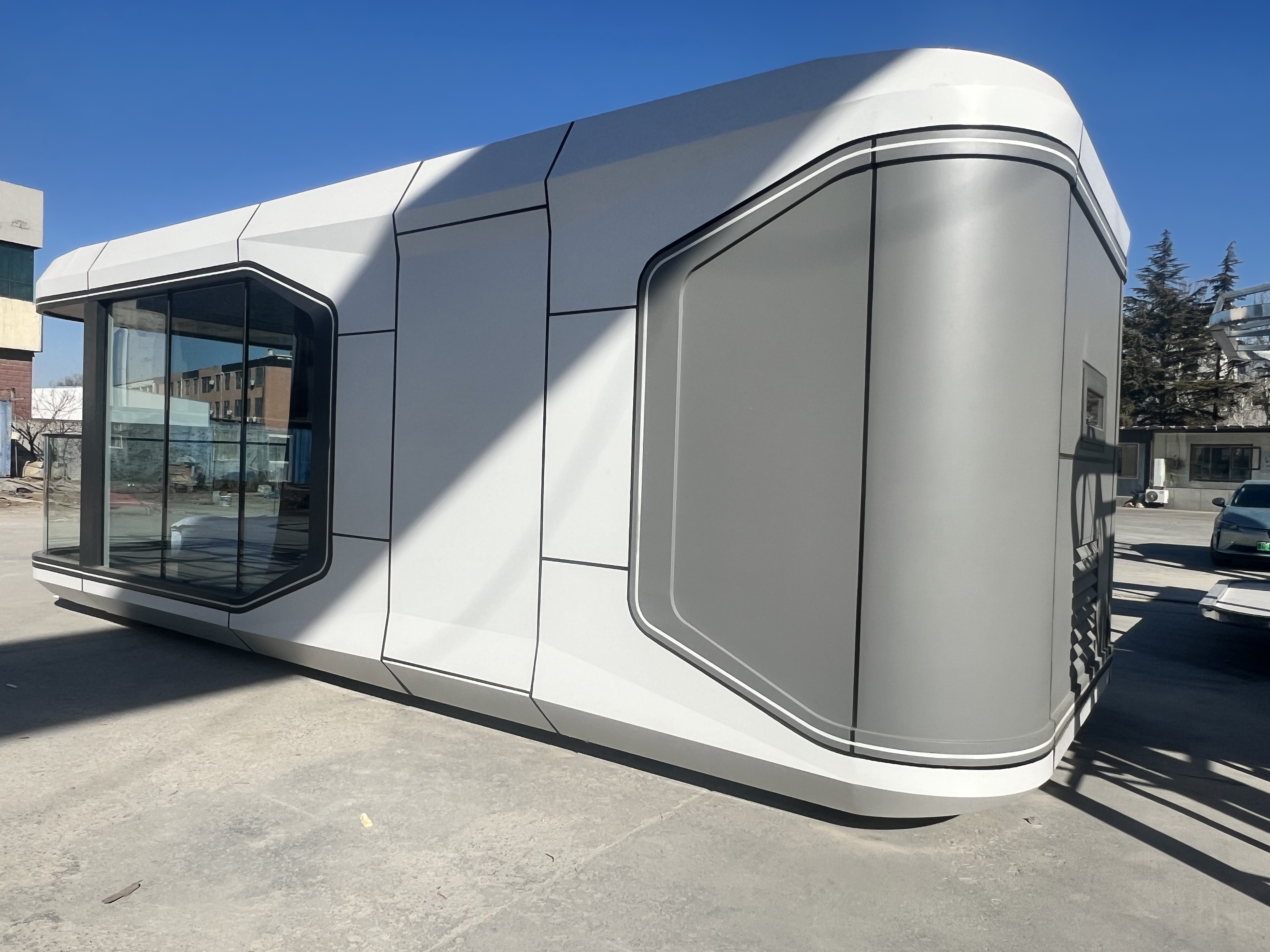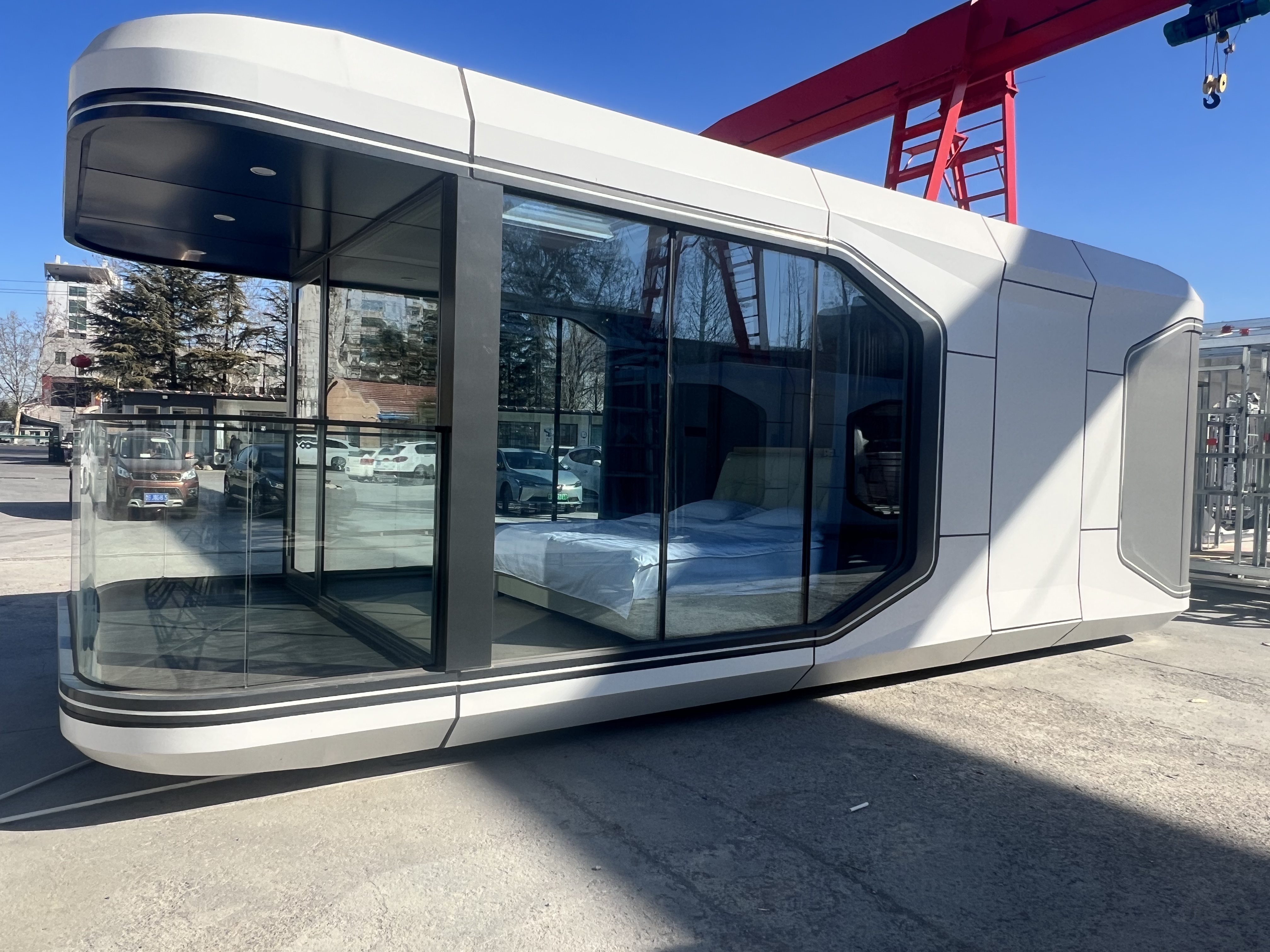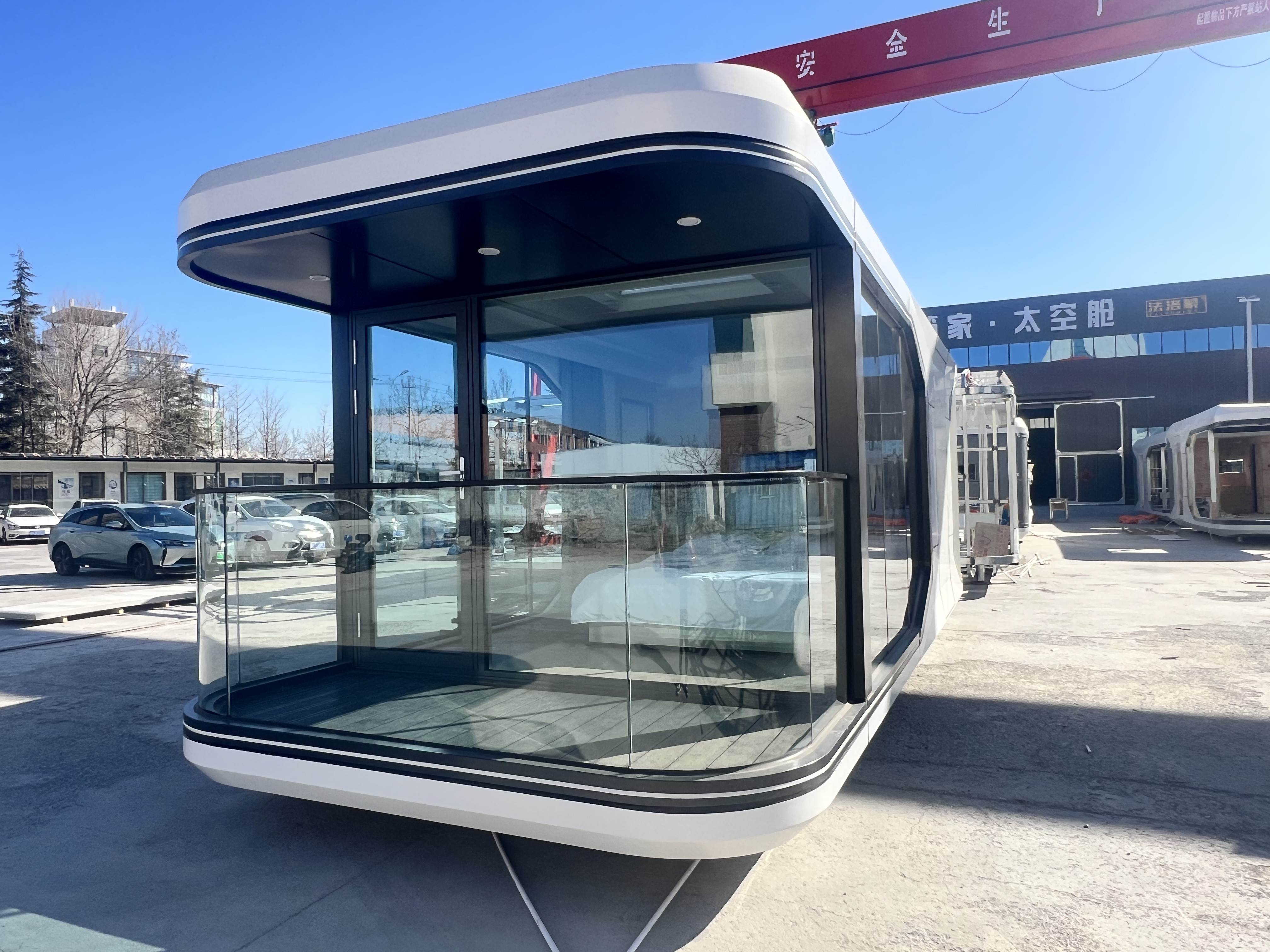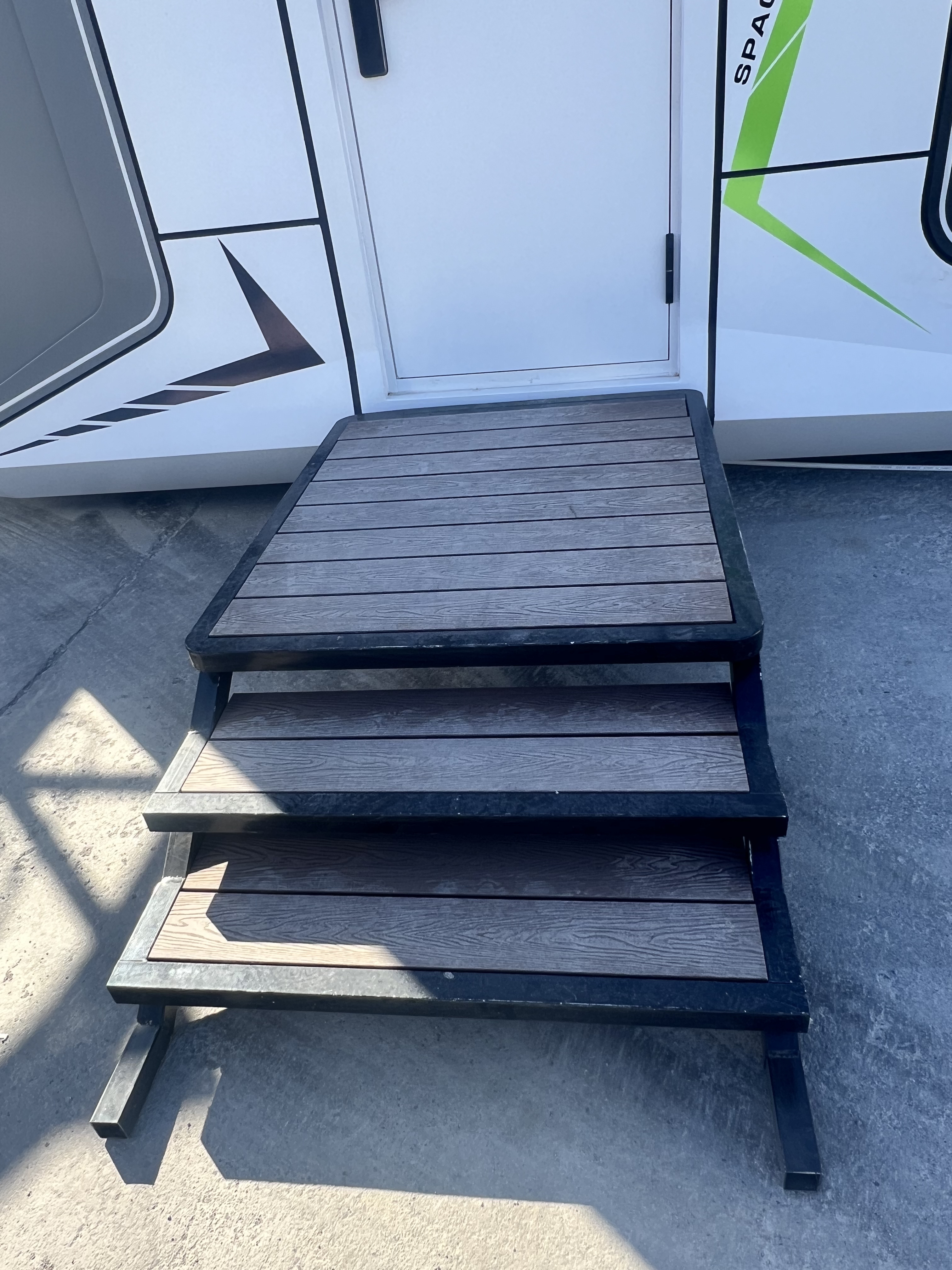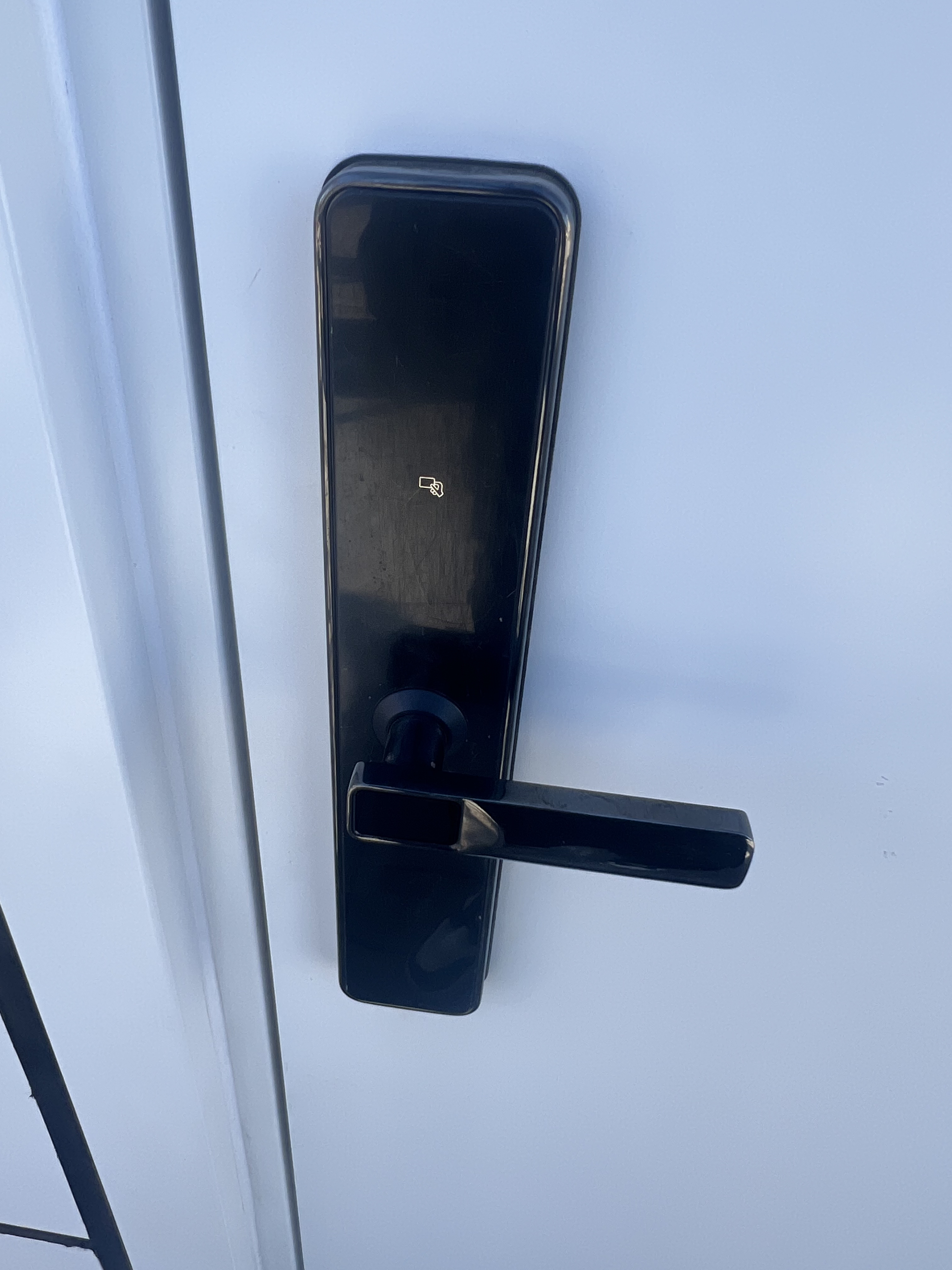WHAT TO CONSIDER WHEN PURCHASING A PREFAB HOUSE
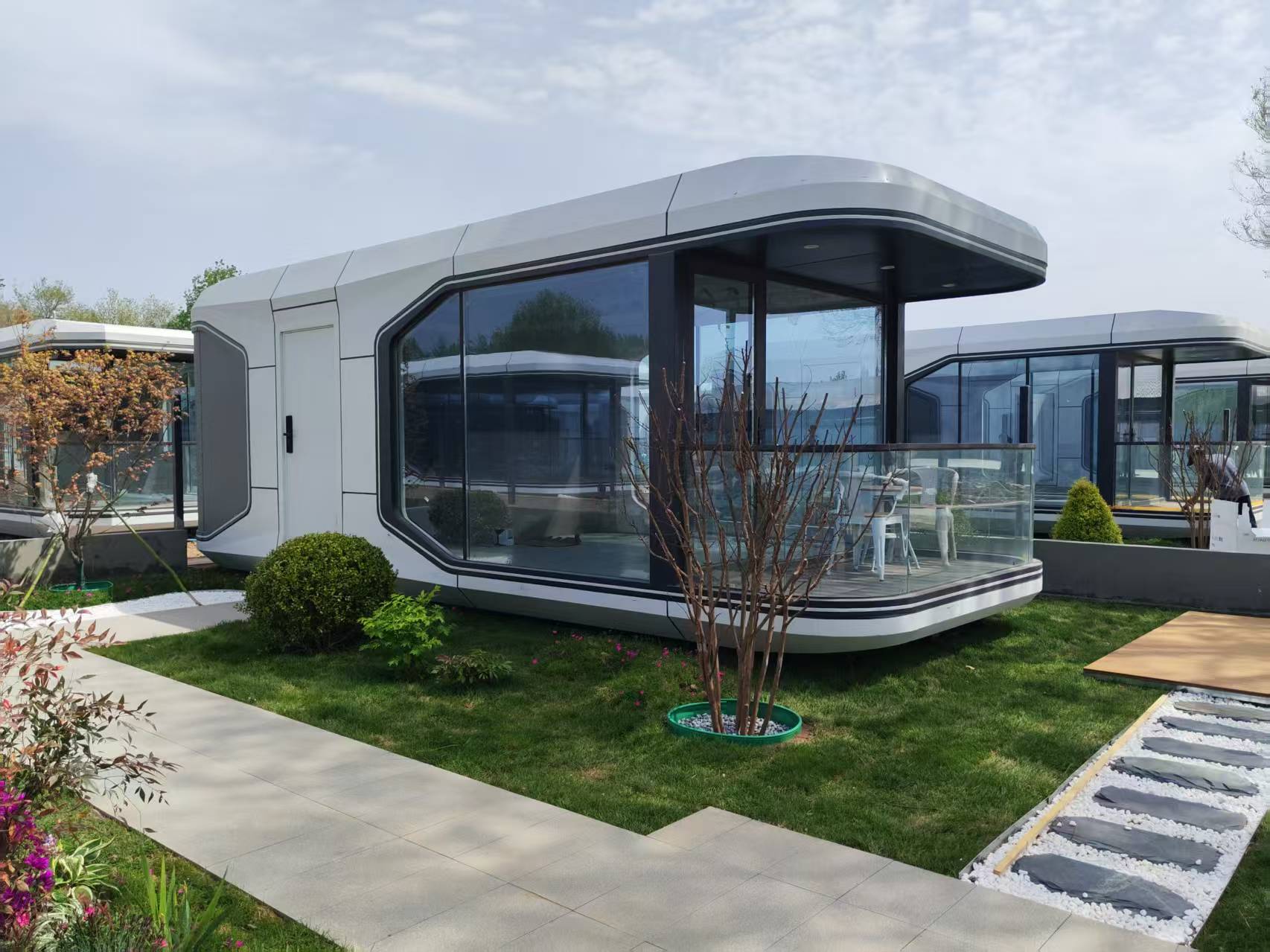
The popularity of prefab houses has been on the rise, offering a streamlined and efficient way to build a home. Whether you’re considering a prefab house for its modern design, sustainability features, or cost-effectiveness, here are key considerations to keep in mind during the evaluation process.
1. DETERMINE YOUR BUDGET
Determining your budget early on is crucial. Prefab houses come in a range of prices, and understanding your financial constraints will help you narrow down your options and avoid any unwelcome surprises later in the process. You’ll also want to factor in the cost of land or where you’ll be placing your tiny house, as well as the costs to permit, transport and install your house.
2. SELECT YOUR DESIGN AND STYLE
Prefab houses offer diverse designs and styles. Consider your preferences and ensure the chosen design complements the intended location. Some prefab houses allow for layout customization, while others have fixed layouts—choose one that suits your taste. Additionally, consider flexibility when it comes to interior decoration as well.
3. DECIDE ON YOUR SIZE AND LAYOUT
Assess the size and layout of the prefab house to ensure it meets your needs. Evaluate the number of bedrooms, bathrooms, and overall square footage. If possible, visit model homes or explore virtual tours to get a feel for the interior space. Book a tour with us to see which of our units are the perfect space for you.
4. CONSIDER YOUR SITE CONDITIONS
Evaluate the conditions of the site where the prefab house will be placed. Consider factors like slope, soil type, and accessibility. Understanding the site conditions is crucial, as prefab houses often require a level foundation. Depending on the conditions of your site location, some prefab houses will be easier to install than others. Additionally, how easy is it to access your site? Some types of prefab homes are a lot easier to install than others.
5. CHECK YOUR LOCAL BUILDING CODES AND PERMITS
Due to their newness in nature, prefab homes can bring challenges when it comes to compliancy with your local policies. Make sure to research and understand local building codes and permit requirements. Different regions may have specific regulations for prefab houses. We recommend consulting with an expert in your area to make sure your prefab home is compliant with your local policies.
6. LOOK FOR ENERGY EFFICIENT PREFAB HOMES
Prefab homes are a lot more energy-efficient than their traditional counterparts. However, consider checking the energy efficiency features of the prefab house. It’s important to consider insulation, energy-efficient windows, and other sustainable design elements. Energy-efficient homes can save on utility costs in the long run.
7. CHECK THE QUALITY OF MATERIALS
Examine the quality of materials used in the construction of the prefab house. Consider durability, sustainability, and overall quality to ensure the longevity of the structure. Quality materials contribute to the home’s resilience over time.
8. FACTOR TRANSPORTATION AND ASSEMBLY
Understand how the prefab house will be transported to the site and assembled. Consider logistics and associated costs.
9. MAKE SURE THE MANUFACTURER OFFERS GREAT WARRANTY AND SUPPORT
Inquire about the warranty provided by the manufacturer. A solid warranty ensures protection against defects or issues that may arise after installation. Additionally, check the level of customer support provided by the manufacturer.
10. INQUIRE ABOUT CUSTOMIZATION OPTIONS
Check the level of customization offered by the prefab house manufacturer. Some companies provide a range of customization options, allowing you to tailor the design to your specific needs and preferences.
There are a lot of factors to consider with selecting your home—however, compared to traditional homebuilding, prefabricated homes simplify the things you need to consider significantly.
